Beira Baixa is a true open-air museum. A region full of history and natural beauty.
Part of the Naturtejo Geopark, its natural landscapes are the hallmark of this region. That is, you will feel its rural charm as you travel along its roads, dive into its waters, and explore its trails.
Therefore, in this itinerary, we will take you to some of the villages of Beira Baixa, where you can have wonderful experiences!
However, if you need help planing your trip, contact us and receive your personalized itinerary with the best tips of this region.
Let's start this "journey to the past" in the city of Castelo Branco, also known as the Capital of Beira Baixa
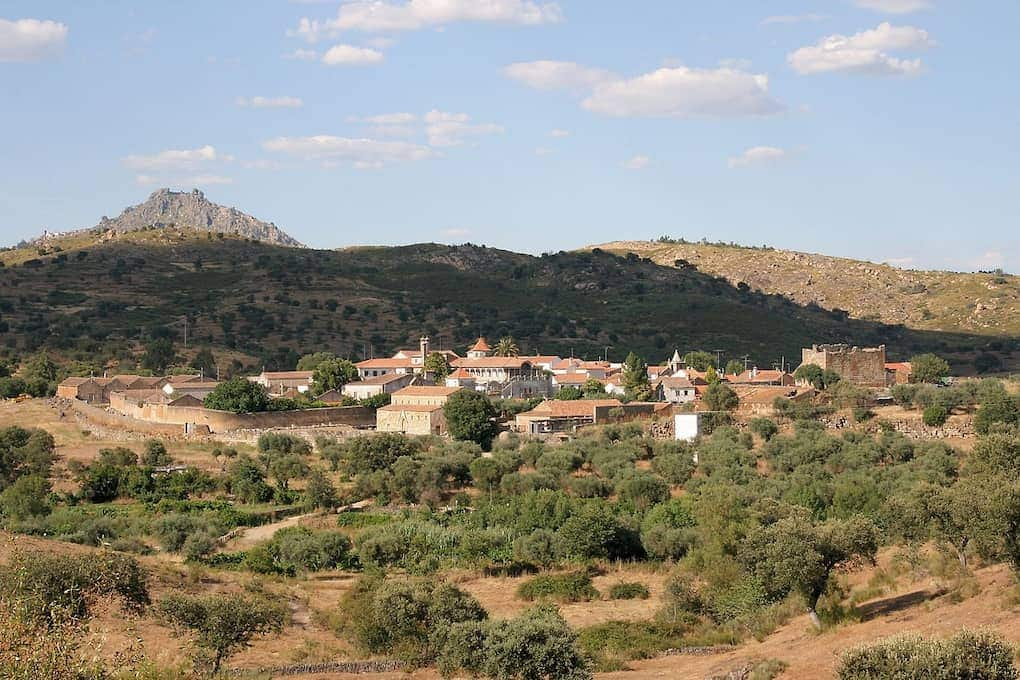
Idanha-a-velha Village and Monsanto
Castelo Branco
In the same way that it takes us back to the Middle Ages, Castelo Branco, gives us a mix of nature, culture and flavours.
You can easily visit the city on foot in a day. As you stroll through the streets of this beautiful city, take a break at the City Park. If it’s hot, enjoy the water mirrors and fountains. Alternatively, visit the Garden of the Episcopal Palace. This is a unique and original example of Baroque style in Portugal and the city's emblem.
If you are Textile Industry enthusiastic, or simply have some curiosity about this market, then you must not miss the Museum Route where its gathered 10 Museums. On this Route, you can find the Cargaleiro Museum, where you can find works from Manuel Cargaleiro and the Centro de Interpretação do Bordado. Here, enjoy the beautiful Albicastrense embroidery, and if you're lucky, you might even see some women working on it live.
While you stroll around the city, take advantage to know some of the most emblematic buildings of the historical center, such as Camões Square or Old Square, as well as, Casa do Arco do Bispo.
Finally, head up to the Castle Hill and visit the inside of the Castle Tower. Be amazed by one of the few original elements that remain from the Templar castle and its panoramic view over the city.
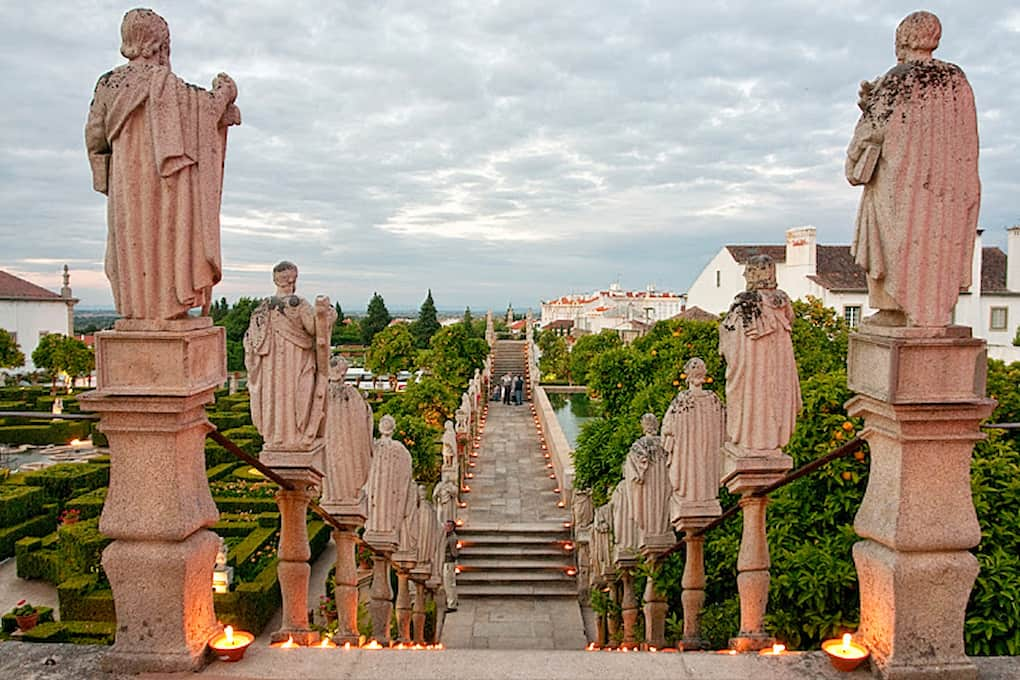
Garden of the Episcopal Palace - Castelo Branco @vomag
Where time stood still! After all, for those seeking rural peace, there's nothing better than discovering the most beautiful historic villages of Beira Baixa, in our Portugal.
Monsanto
Climb up to the Most Portuguese Village in Portugal, also known as the village of the Flintstones- Monsanto.
Discover this village straight out of the Stone Age. Here, in the midst of colossal granite blocks, homes were built in perfect harmony with the natural environment. Surprisingly, in this village, the rocks have names, and the houses are made of rocks.
In order to know this magical placedon's miss the chance to do the Barrocais Routestarting in Monsanto Tourism ShopFrom the extraordinary houses to the local cuisine, from historical heritage to contemplating a magnificent landscape.
Any time of the year is good to visit Monsanto, it will depend on what you are looking for. However, if you go in May, you can't miss Divina Santa Cruz Festivity with sounds, colors, dance and flavors from the region.

Monsanto and its stone houses - @ncultura
Penha Garcia
Not to far away from Monsanto, on the top of the hill, you will find Penha GarciaWhen the heat strikes, go for a swim in the Pego River Beach. Bur the best secret of this beautiful village are the icnofossils, also known has "painted serpents", in Naturetejo GeoPark Geoparque Naturtejo.
However, if you hike the Fossils Routethat crosses all the Icnological Park of Penha Garcia,It will be possible to observe these traces left by creatures that inhabited the Earth over 100 million years ago. Furthermore, you can pass by the mills, the dam of Rio Ponsul, waterfalls and rock pools, the landscape is simple extraordinary.
Visit the Tower Castle, or its ruins and from here you can almost see everything. Monsanto and plains, until horizon's line, where it will be Idanha-a-Velha, the dam and the cliffs of Serra de Penha Garcia.
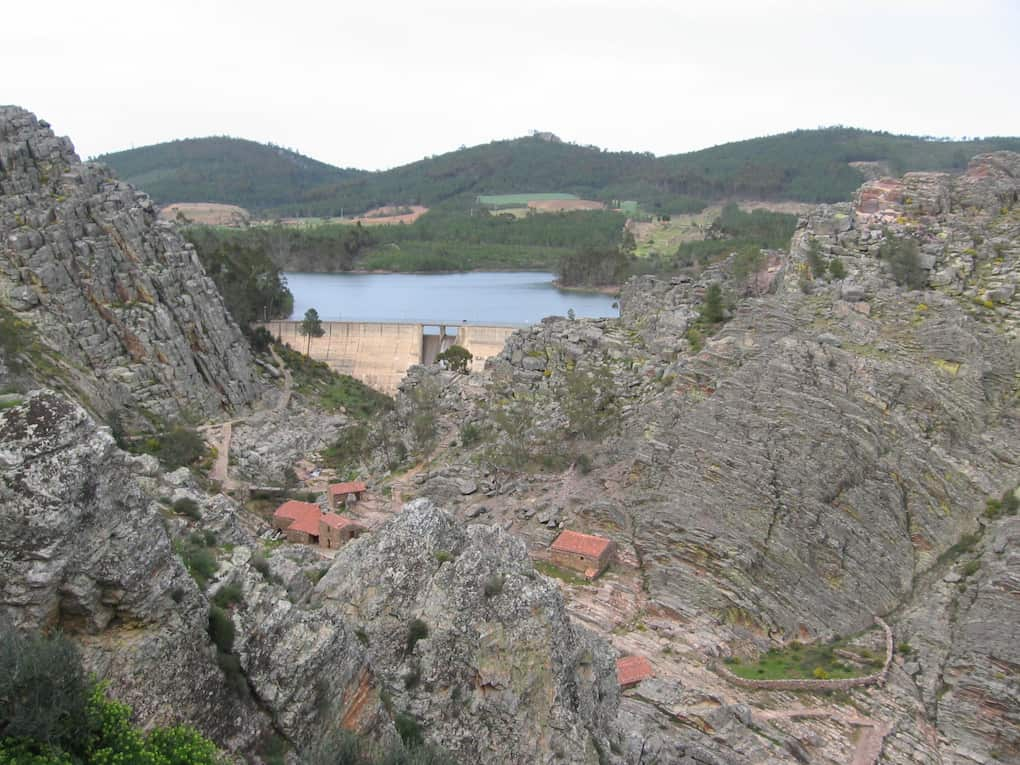
Ponsul Valley - Penha Garcia - @correiapm
Idanha-a-Velha
Heading now to Idanha-a-Velha, you will find a small picturesque village, considered a true village-museum. Successor to the ancient Roman city of Egitania, it still retains traces of the various civilizations that passed through it.
As you stroll through the narrow streets of this small village, starting from the North Gate and the stretch of Roman walls, you will notice the presence of defensive and access structures that were used when the city needed protection.
From the Pelourinho Square, you can reach the Tower of the Templars, also known as the Castle of Idanha.
The most enigmatic ex-libris of this Beira Baixa village is the Cathedral, built around the year 585.
Afterward, visit the Lagar de Varas. In its courtyard, you will find remnants of a Roman house. Here, olive oil is a product of Protected Designation of Origin. In Beira Baixa, olive oil is also known as "liquid gold."
Finally, take the opportunity to rest and taste the typical Beira Baixa cake, the Borrachões.
On the way to Vila Velha de Rodãomake a stop at Idanha-a-Nova and taste the rich gastronomy, accompanied by the sound of adufe. As this city, is a UNESCO Creative City, been elected as Music Creative City in 2015, is not unusual if come across several music festivals, or even musical events in many points of the district.
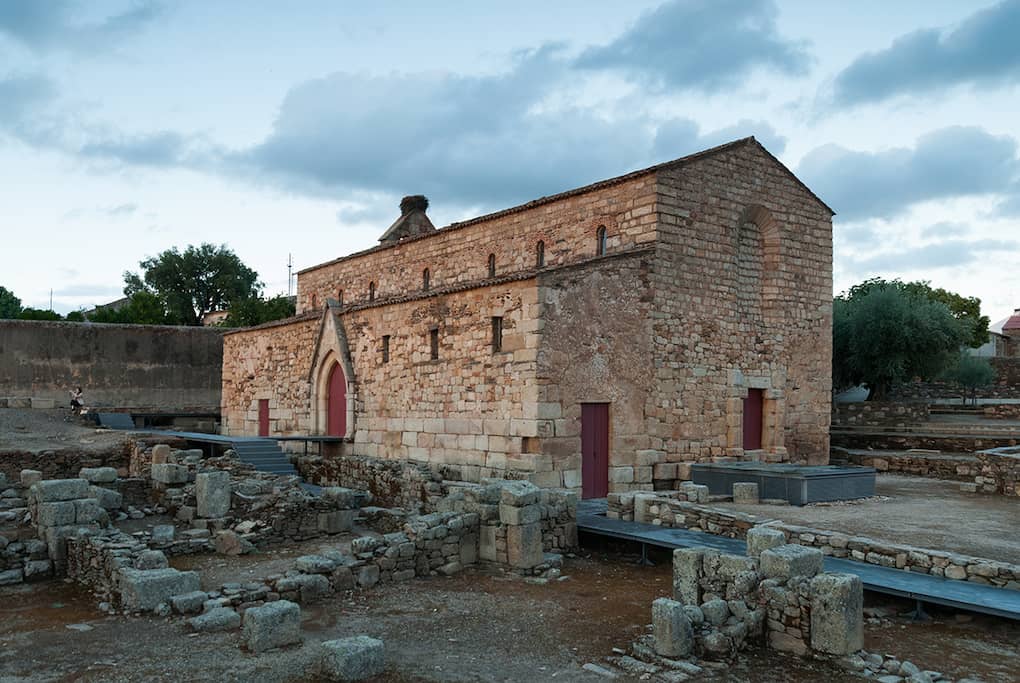
Cathedral in Idanha-a-Velha - @aldeiashistóricasdeportugal
Vila Velha de Rodão
First and foremost, upon arriving in Vila Velha de Rodão, we recommend heading directly to the pier to catch a boat and enjoy a magical trip through the Portas de Rodão, the highlight of this tour. This natural monument is simply magnificent and indescribable.
The Portas de Rodão are the result of the intersection between the hard quartzite terrain of the Serra das Talhadas and the flow of the Tagus River. These are two rock formations, each about 170 meters tall, that cause a narrowing in the river's course, resembling two large doors—one to the north in the district of Castelo Branco and the other to the south in the municipality of Nisa.
Next, do the hike Caminho da Telhadait's a relatively easy 6km trail that follows rural paths lined with schist walls and archaeological findings, leading you to the top, where you can recharge and enjoy the breathtaking panoramic landscape.
Or, you can opt for the trail Caminho das Virtudes, with views to the Portas de Ródão, the views from this trail show all the amazing beauty from this region.
Once back on solid ground, visit the Tejo Valley Rock Art Interpretation Center , which holds the largest concentration of rock engravings discovered on the Iberian Peninsula.
Being in Beira Baixa, Vila Velha de Rodão also offers a traditional olive press, or Lagar de Varas, featuring two distinct olive milling and pressing techniques—some more primitive, others more mechanized.
Finally, another highlight of this tour is the climb up to the Castle of Ródão or Castle of King Wamba. While the castle itself doesn’t have significant architectural appeal, its location atop the Serra das Talhadas offers spectacular views. Just pause and take it all in!
According to legend, this castle has a mysterious reputation and is, above all, said to be cursed!
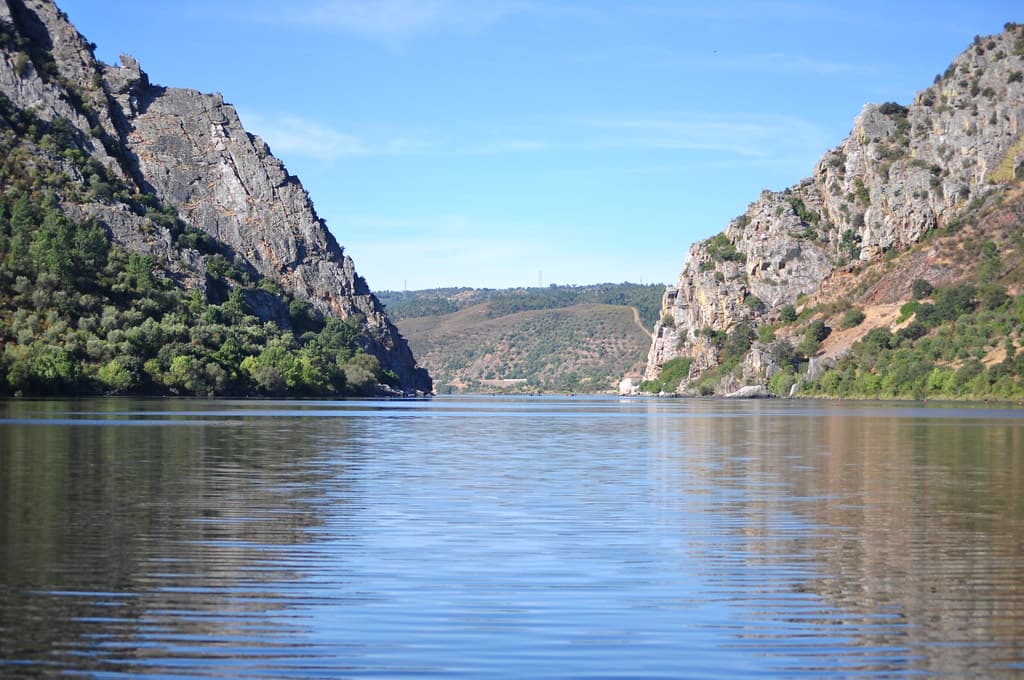
Portas de Rodão – River Views
In summer, as temperatures rise, it’s hard to resist a dip in one of the many river beaches found throughout the Beira Baixa region.
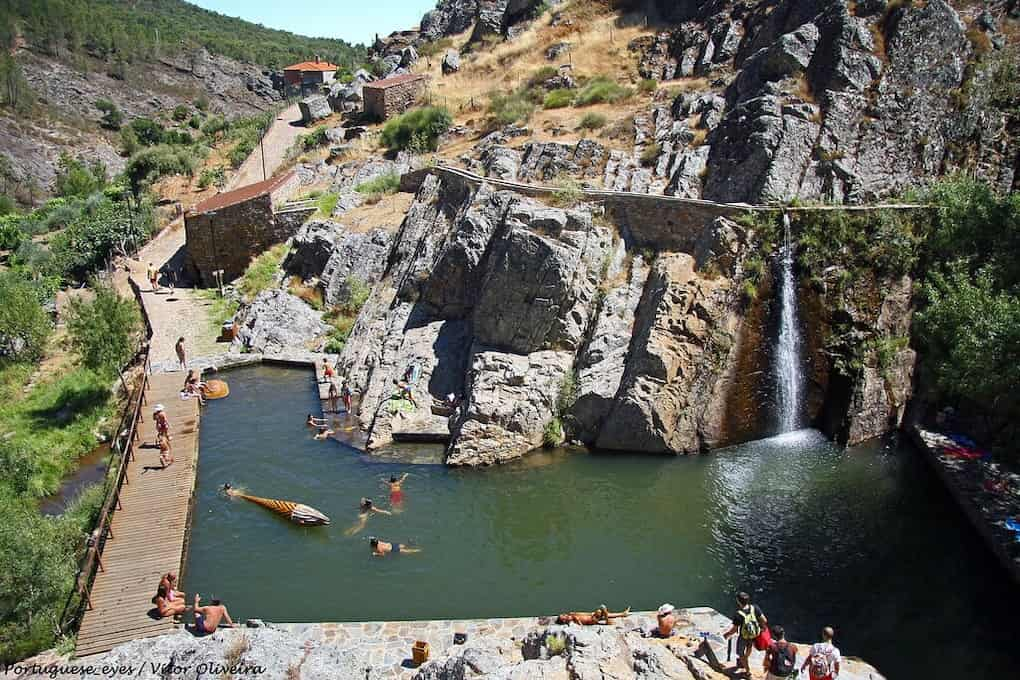
Pego River Beach - Penha Garcia - Beira Baixa
Now that you have discovered another "of the beaten track" region of Portugal, you are ready to enjoy your vacations in yet unexplored area of the country.
If you need help on your itinerary, contact us, and receive a tailored itinerary.
Are you ready to Break Free?







